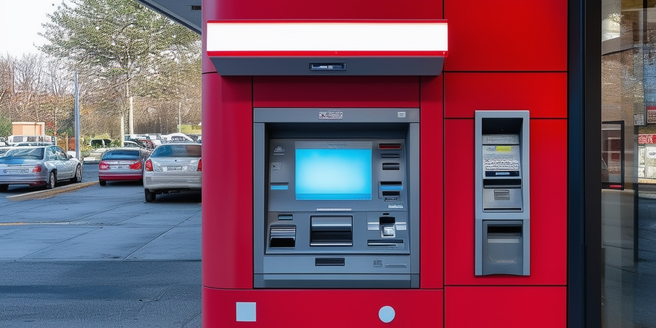
Understanding Credit Card Fraud
Credit card fraud occurs when someone illegally accesses your card information to make unauthorized purchases. Attackers may use various methods such as phishing, skimming, or data breaches to obtain your details. Awareness of how these fraudulent activities occur is crucial in protecting yourself. It’s also important to monitor your statements for any suspicious activity. This diligence can help in early detection of fraud. New techniques are continually being developed by criminals. Financial institutions are also constantly updating their security measures to combat these threats. As technology evolves, so do the tactics of fraudsters. Scammers often exploit weak security practices and target vulnerable people. By staying informed and vigilant, you can reduce the risk of falling victim to credit card fraud.
Common Methods of Stealing Card Information
Thieves use several tactics to steal credit card information, constantly evolving to outsmart potential victims. One common method is skimming, which involves capturing card details through a discreet device placed on ATMs or payment terminals. These devices are designed to look like part of the machine, making them difficult to detect. Another prevalent technique is phishing scams, where criminals trick victims into providing their card information through fake emails or deceptive websites. These emails often appear to be from legitimate sources, such as your bank or a well-known company, making them particularly convincing. Data breaches at large organizations can also result in the massive theft of card details, putting countless individuals at risk. These breaches often target companies with vast amounts of sensitive information, including credit card data. Understanding these methods helps you take appropriate precautions to protect yourself from these threats. Being aware of these tactics allows you to stay vigilant and employ measures such as regularly monitoring your bank statements, using secure payment methods, and being cautious with your online activities. By staying informed and proactive, you can significantly reduce your risk of falling victim to credit card information theft.
Tips for Safeguarding Your Credit Card Online
Safeguarding your credit card online involves several strategic steps that can help protect your financial information and reduce the risk of fraud. First, always ensure that you use secure websites by looking for ‘https’ in the URL before making any online transactions; this indicates that the site has an added layer of security to protect your data. Second, be cautious and avoid sharing your card details over email or through any unsecured platforms, as these channels can be easily intercepted by cybercriminals. Third, whenever possible, enable multi-factor authentication on your accounts; this adds an extra layer of security by requiring a second form of verification in addition to your password.
In addition to these steps, it is crucial to regularly monitor your credit card statements for any suspicious activities, such as unauthorized purchases or unfamiliar charges. Should you notice any discrepancies, report them immediately to your card issuer to take swift action. By diligently following and incorporating these tips into your online practices, you can significantly reduce your risk of falling victim to online fraud and ensure that your financial information remains secure.
Steps to Take if Your Card Information is Compromised
If you suspect your card information has been compromised, act swiftly. Time is of the essence in these situations. Immediately contact your card issuer to report the unauthorized activity and request a card block. This action will prevent further unauthorized transactions. Review recent transactions carefully and dispute any fraudulent charges to avoid being held liable for them. Additionally, change your online banking passwords and ensure they are strong and unique. Monitor your accounts regularly for further suspicious activity, such as unrecognized transactions or changes in your personal information. By taking these steps quickly, you can limit the potential damage and protect your finances from significant loss.
Additionally, keep an eye on your credit reports for any unusual activity. Setting up account alerts can also help you stay informed about any immediate changes or charges. Consider using two-factor authentication for added security on your banking accounts. Maintaining vigilance in these areas can give you peace of mind and reinforce your financial security.
Using Technology to Protect Your Credit Card
Leveraging technology can greatly enhance the security of your credit card. By incorporating advanced security features, you can significantly reduce the risks associated with credit card fraud. Use mobile banking apps with fingerprint or facial recognition for secure access, ensuring that only you can log into your account. Additionally, enable real-time alerts for transactions to catch unauthorized usage instantly. These alerts can help you quickly identify any suspicious activity and take immediate action.
Consider virtual card numbers for online purchases, which act as a buffer protecting your real card number. Virtual card numbers generate temporary, unique identifiers for each transaction, keeping your real credit card information safe from potential fraudsters. This additional layer of security can be especially useful when shopping on unfamiliar websites or using public Wi-Fi networks.
With the right technological tools, you can fortify your defenses against credit card fraud. Regularly updating your passwords and using multi-factor authentication are also crucial steps in maintaining your account’s security. By staying informed about the latest security features and practices, you can ensure that your credit card information remains protected. Making technology an integral part of your financial habits will safeguard your assets from potential threats.
